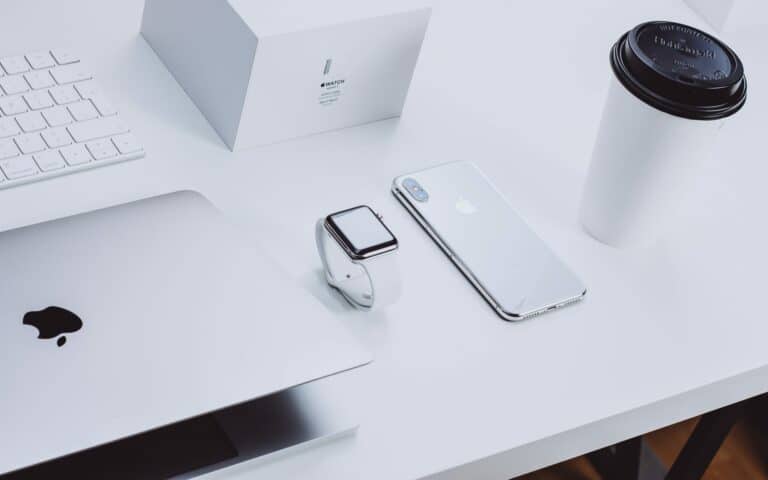Apple has expanded Self Service Repair to new countries and products. Earlier this month, the service was made accessible to eight European countries, including Belgium, France and Germany. More recently, customers in the United States gained access to manuals and components for new devices: Mac desktops.
The program has been expanded to include the Studio Display, M1 iMac, M1 Mac mini and Mac Studio. Previously, Self Service Repair only supported the M1 MacBook Air, M1 MacBook Pro, iPhone 12 and 13, and iPhone SE.
The product expansion, however, only applies to the United States. Customers in the eight European countries that became eligible earlier this month will be limited to the service’s previous device range, which does not include desktops.
Self Service Repair debuted in the United States in April, initially focusing on the iPhone. The initiative was squeezed out of Apple by critics and authorities who urged the firm to ease limitations on third-party repair services.
Instead of taking devices to an Apple Store or verified repairer, iPhone and Mac customers can visit Apple’s website to purchase or rent DIY repair kits, which include components and documentation.
Limitations
Critics feel the service is limited. DIY repairs are viable for many users, but according to ArsTechnica, many others would be better off taking their devices to a professional technician. Finding one can be a hassle, as Apple regulates who can make repairs without the device owner breaching service agreements.
It’s possible to get devices serviced at non-verified businesses, but Apple discourages doing so for various reasons — something that has long been a source of contention among industry experts and tech aficionados.
In addition to Apple Stores, verified repairers and DIY kits, Apple has a subscription service called AppleCare+ that effectively covers most fixes for free. Unsubscribed users can also use the service to have devices repaired for a fee.
Tip: Dell’s Concept Luna laptop can be disassembled without a screwdriver
